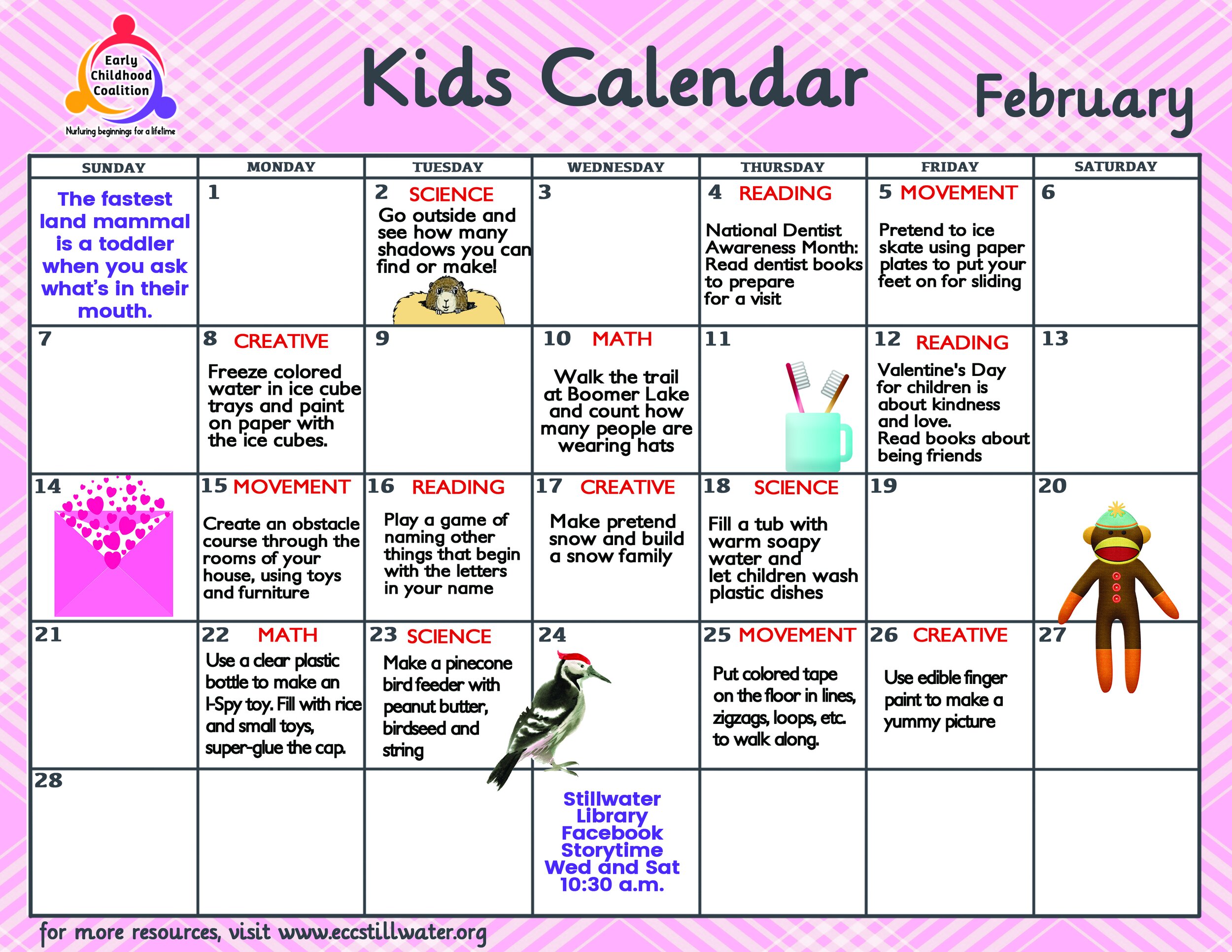by Susan Bullard
Modern life makes it hard to keep a consistent bedtime – even for our children. It’s really hard to get dinner, homework, and some family time into a short evening – and then there are the kids’ activities – maybe sports, dance, church activities, scouting, some of which don’t end until after bedtime. So the temptation is to let bedtime slide because something else takes priority. Occasionally this is unavoidable, but there are some really good reasons to be strict about bedtime for the most part.
Sleep deprivation for adults is linked to many health problems such as obesity, stroke, high blood pressure and depression. Not all of these apply to children, but kids who are sleep deprived suffer from poor school performance, behavior problems, increased risk of injury and a considerably higher risk of becoming obese. It’s not entirely clear why sleep deprivation causes obesity, but it definitely does. It probably has something to do with hormones released during sleep. There is also some convincing evidence that it’s not only how long you sleep, but when you sleep. Later bedtimes increase your risk for obesity, even if you sleep late and get the same amount of sleep.
So…what to do?
The National Sleep Foundation has issued recommendations for children’s bedtimes. Toddlers should sleep 11-14 hours a day; school age children 9-11 hours and teenagers 8-10 hours.
This can be hard. If your grade schooler has to be up by 6 to get ready for school, bedtime might be as early as 7 pm.
Certainly individual needs vary within those ranges – your grade school child may only need 9 hours, but they are just as likely to need 11. The best way to tell that your child is getting enough sleep is that they shouldn’t have to be dragged out of bed. If you have to wake them several times, if they fall asleep or complain of being tired during the day or if they need to sleep extra on weekends, they are not getting enough sleep.
The American Academy of Pediatrics has recommendations for how to ensure your child gets good sleep. First, start when they are little.
Develop a good bedtime routine during infancy.
An easy routine to remember is “the 4 B’s of Bedtime – Bath, Brush, Book, Bed.” First comes a warm relaxing bath, followed by tooth brushing. Then read a book to your child. It calms them and makes them feel secure in their relationship to you. Then put them down to bed at the same time every night. You will find that they go to sleep more easily and sleep better if they can count on the routine.
For older children, there are a few important points. Again, stick to a routine and a consistent bedtime. Stop all screen time at least an hour before bedtime, and don’t let kids have electronic devices in their bedroom. It may seem easier to just let them fall asleep watching TV but it interferes with good sleep, “revving” up the brain and even causing nightmares. Require phones and tablets to be left in another part of the house at night to charge.
You can find more detailed recommendations at the American Academy of Pediatrics site https://www.healthychildren. org/English/ healthy-living/sleep and the National Sleep Foundation website https:// sleepfoundation.org.
Susan Bullard is a retired pediatrician.










